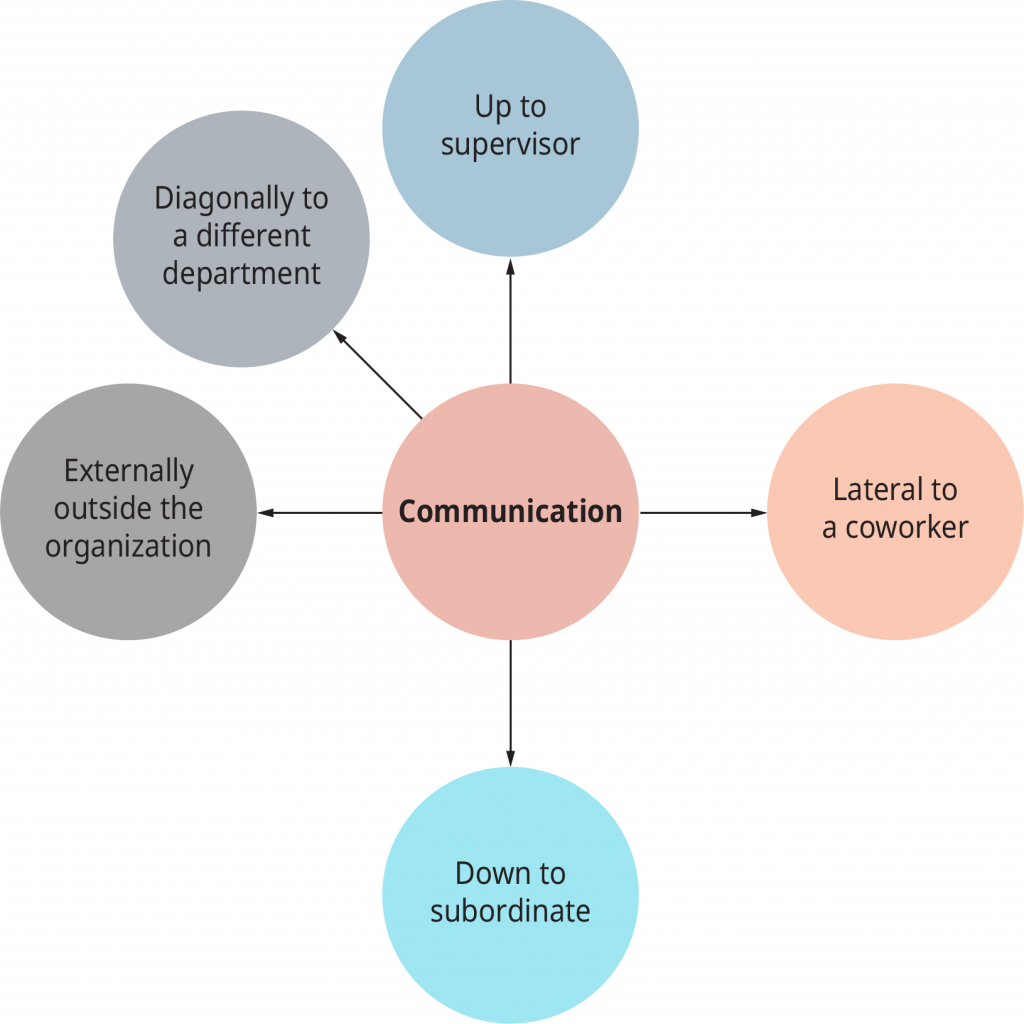Effective organizational communication is crucial for any successful business. Not only will it lead to more effective outcomes, but it will also help to boost employee engagement, collaboration and workplace satisfaction.
Organizational communication refers to all types: from verbal to written, from formal to informal. Making sure that you have an effective strategy is key to helping your business thrive. Here are 7 key strategies to help you improve your organizational relationships.
1. Be aware of your audience
It’s essential that you have a clear understanding of who your audience is when you are engaging in any type of organizational communication. Knowing who you are addressing will mean that you are more likely to be able to effectively engage with them. This will allow you to pass on information that is relevant to them and that they care about.
Similarly, displaying empathetic leadership will help you to build stronger, more meaningful relationships with your employees. It’s important that you are able to put yourself in other people’s shoes. Try to perceive your communication from their point of view to help you assess how effective it is.
2. Consider your tone
When it comes to business, how you communicate is as important as what you are trying to say. This refers to both verbal or written communication, as well as informal chats that you might have with employees. Take some time to consider your tone and how it might be coming across to others.
The type of words and language that you use when address your employees can have a big impact. It can be the difference between an engaged and positive workplace environment or one in which employees feel undervalued and unheard. As far as possible, try to frame your conversation in a positive tone.
If you develop a positive mindset yourself, then it’s more likely your employees will respond in a similarly positive way. People also tend to be more responsive and engaged when they receive positive attitude, including feedback. Try to share comments, suggestions and feedback in a positive way. Read back over your written communication and evaluate its tone before hitting send.
3. Ensure clarity in all communication
Clarity is one of the most important aspects of any effective communication strategy. Without clarity, there is a high chance of misunderstandings. Ultimately, this will lead to less effective outcomes and a more stressful working environment.
Whenever you communicate with your team or employees, make sure that you are clear and specific. Avoid using overly complicated language or terminology. Instead, be direct and focused in your conversation. Make sure that any requests you make are unambiguous and that you share information in a concise manner.
Whether communicating verbally or through written forms, make sure that you express yourself confidently and clearly. Assertive communication will not only help to improve the quality of the relationships with your employees, but it will also inspire greater trustworthiness in what you have to say.
By demonstrating clarity in your own communication, your employees are more likely to employ similar behavior techniques themselves. Clarity is essential in ensuring that everyone is working towards the same goals and outcomes. It will help to make sure that everyone understands what’s required and expected of them at all stages.

4. Encourage cross-departmental collaboration
Effective organizational communication doesn’t just happen within teams— it’s crucial across departments as well. Encouraging cross-departmental collaboration ensures that information flows freely between teams, breaking down silos and creating a unified approach to achieving business goals. When employees from different departments communicate, they bring fresh perspectives and new ideas that can lead to innovative solutions.
To promote collaboration, create regular opportunities for teams to interact. This can be in the form of joint meetings, project collaboration tools, or interdepartmental events. When departments work together and share knowledge, they can align their strategies and objectives, ensuring that all parts of the organization are working towards the same vision.
Fostering a culture of cross-departmental communication not only increases productivity but also strengthens relationships within the company. It builds a sense of teamwork that goes beyond immediate colleagues, helping employees understand the bigger picture and the role each department plays in the organization’s success.
5. Share relevant content with the right people
One of the most common symptoms of ineffective organizational communication is when employees don’t engage with the content or messages being sent. Employees may ignore messages altogether. As such, it’s important to make sure that you share the right content with the relevant people.
Instead of sending mass emails or messages to all employees, start off by segmenting your employees into groups. You might group them according to their department, job role, location or project. When you send a message to a group, make sure that the content is relevant to them.
Similarly, make sure that the content is of value. Whether that means that it includes important information that they need to complete their tasks, or has key dates they need to be made aware of. Streamline the content so that it’s concise, easy to read and efficient.
“Where possible, aim to make communication inviting and participatory,” suggests Oscar Lewis, a social media marketer at Nextcoursework.com. “Employees are much more likely to engage with messages if there’s a culture of positive communication and genuine interaction and participation. It’s important that you invite employees to voice their own opinions and suggestions. This way, you can foster a culture of collaboration, where communication is a valuable element of the workplace.”
Above all, avoid over communicating. Choose how to share the information and stick to it. If you distribute the same piece of information over multiple communication channels, employees will disengage. Repeatedly sharing the same information is not only frustrating, but also inefficient and time-consuming.
6. Choose the right communication channel
With the advancements in technology and the variety of communication tools and apps available, it’s easier than ever to engage with your employees. Choosing the right communication channels to use is an important factor to consider.
It’s worth having a common protocol in place. That way, all employees know which communication channels are the most suitable to use depending on the type of information that’s being shared. Whether you use email, phone calls, messaging, social media, document sharing or project management tools, identify which type is the best in each instance.
If you use multiple communication tools, it can be helpful to connect all the channels into one single place which employees can easily access. Tools that are mobile-friendly are particularly effective.
7. Monitor and adapt your communication strategy
An effective communication strategy requires constant monitoring and adaptation. What works well today might not be as effective tomorrow, especially as your team grows, changes, or faces new challenges. Regularly assess how communication is flowing within your organization, paying attention to any potential gaps or inefficiencies.
One way to monitor communication is by seeking feedback from employees. Encourage open conversations about what’s working and what isn’t. This allows you to address concerns before they snowball and adjust your approach accordingly. Whether it’s through surveys, one-on-one discussions, or team check-ins, keeping an ear to the ground is essential for improvement.
Adaptability is key — if certain methods or tools are no longer effective, don’t be afraid to try new approaches. Being flexible in how you communicate shows that you’re responsive to your team’s needs and that you care about making communication as efficient and effective as possible. By staying proactive and open to change, you ensure your strategy remains relevant and impactful over time.
Conclusion
Implementing effective organizational communication strategies will help to transform your workplace culture. Employees will be more engaged and responsive to the information being shared. As a result, this will lead to greater job satisfaction and more effective and productive employees.










Add comment